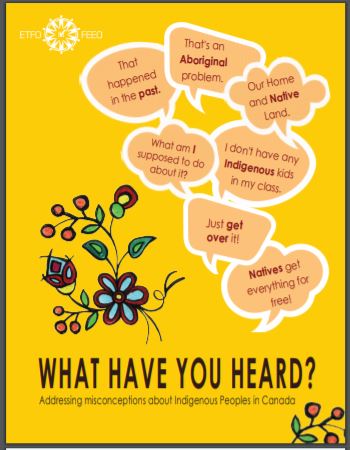
electronic resource
|
What have you heard? : addressing misconceptions about Indigenous Peoples in Canada
Copies
0 , 0 ,
0 .

electronic resource
|